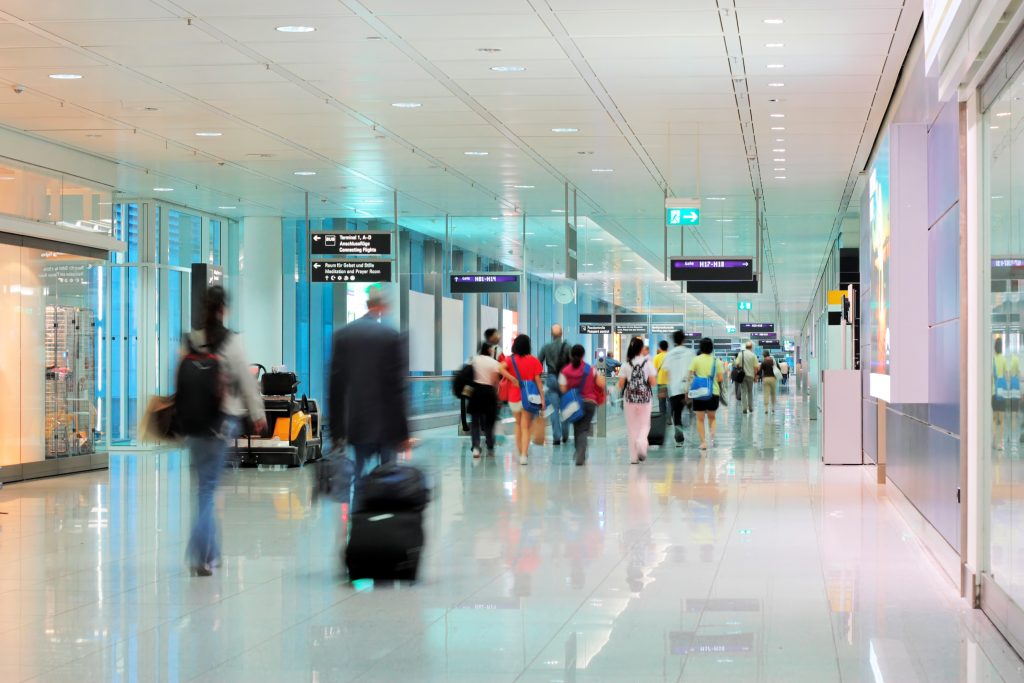Several trends are reshaping the dynamic landscape of aviation. These trends are driving enhanced efficiency that benefits both the economy and individual users alike. The demand for air travel continues to soar, making landside access for travelers a priority. By proactively adapting to evolving conditions, the aviation industry stands poised to navigate the complexities of the future while propelling global connectivity forward.

This rapid evolution of airports is not achieved without some turbulence. Congestion outside terminals is compounded by technology that enables a single terminal to service more passengers than ever. The goal is to provide a happy, stress-free experience where passengers aren’t struggling to get to their gate or waiting in long lines. This environment means it is more likely guests will spend time in restaurants and shops instead of worrying about their flights.
Airport resiliency has emerged as another concern amidst climate change and other disruptive events. Addressing current and future risks associated with changing conditions is imperative to safeguard operations and ensure continuity. Taking steps, such as constructing long-lasting infrastructure is critical, while new terminals equipped with improved building insulation help meet energy consumption challenges. High-performance infrastructure systems are capable of saving substantial energy and fortifying airport operations against the challenges of tomorrow.
TLC assists aviation owners by providing engineering solutions that contribute to streamlining the journey from curb to gate and enhancing the overall passenger experience.

Passenger Experience
- Multilevel passenger drop-off with express lane to allow less wait times for passengers with carry-on luggage only
- Creating larger terminal curbside areas and multilevel roadways are key to minimizing congestion
Resiliency
- Designing barriers to deal with sea-level rise at coastal airports, and other severe weather events are some of the ways to improve airport resiliency
- Implementing emergency systems for critical infrastructure failure
- Developing custom and semi-custom interior air handling units and large single-zone systems to minimize maintenance requirements in public areas
Energy Efficiency
- Improving capabilities and performance of heating, ventilation, HVAC and other systems in terminals have a huge impact in decreasing the already large energy consumption in airports
- Applying energy-efficient measures like reducing lighting power density within buildings
- Complying with Sustainability Standards and green building rating systems such as LEED
- Reducing carbon emissions by implementing a centralized pre-conditioned air (PCA) system
Contact one of our aviation experts today for help with your next project.
